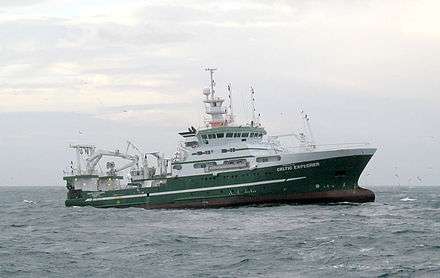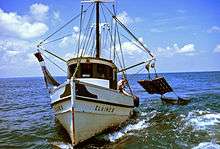Tailwater
Tailwater refers to waters located immediately downstream from a hydraulic structure, such as a dam (excluding minimum release such as for fish water), spillway, bridge or culvert. [1] [2] [3] Generally measured and reported as the average water depth downstream of an hydraulic structure, tailwater can vary based on the outlet from the structure as well as downstream influences that may restrict or advance the usual flow of water from the structure. Failure of a dam or hydraulic structure will dramatically increase the tailwater level.
Tailwater can also refer to a type of fishery. Tailwater fisheries can be defined as Tailrace fishing which occurs at the outflow from large dams, where the size of the reservoir creates a steep temperature gradient, with colder water stored at the bottom of the reservoir near the outlet. The constant cold-water flow provided by the reservoir's outflow, coupled with the generally silt-free nature of the outflow, creates ideal water conditions for cold-water fish such as trout in environments that ordinarily might not support a robust trout population. An example of this phenomenon is the fishery at Lee's Ferry on the Colorado River in Arizona.
Tailwater can also refer to surface runoff resulting from crop irrigation. Irrigation practices such as flood irrigation and sprinkler irrigation can result in applied water in excess of the infiltration rate of the soil. Sloped fields can allow for the excess water to run off the field, and discharge to a drainage channel or natural water body. Tailwater can carry pollutants such as silt, nutrients (from fertilizers), and pesticides.
Notes
- Glossary of Meteorology American Meteorological Society.
- Dam Guide: Glossary Northwest Power and Conservation Council
- Surveyor: Drainage Glossary of Terms Hancock County Government

